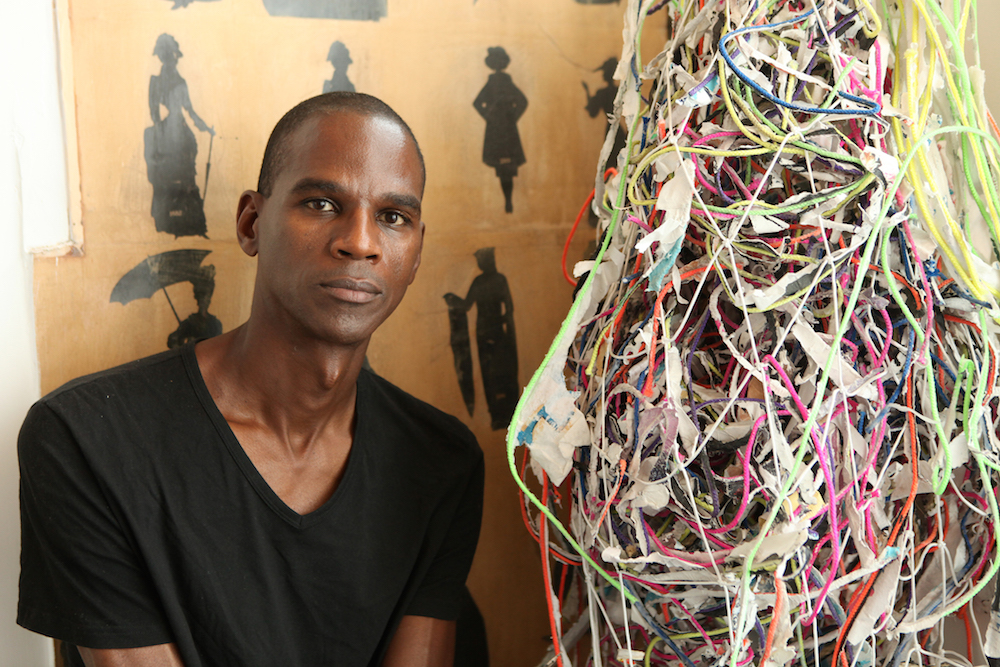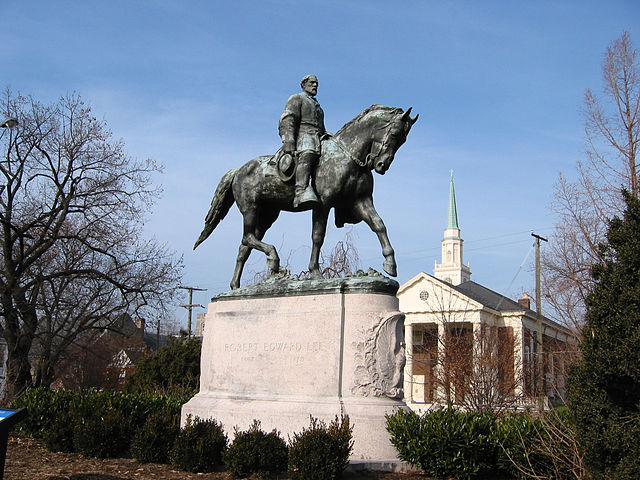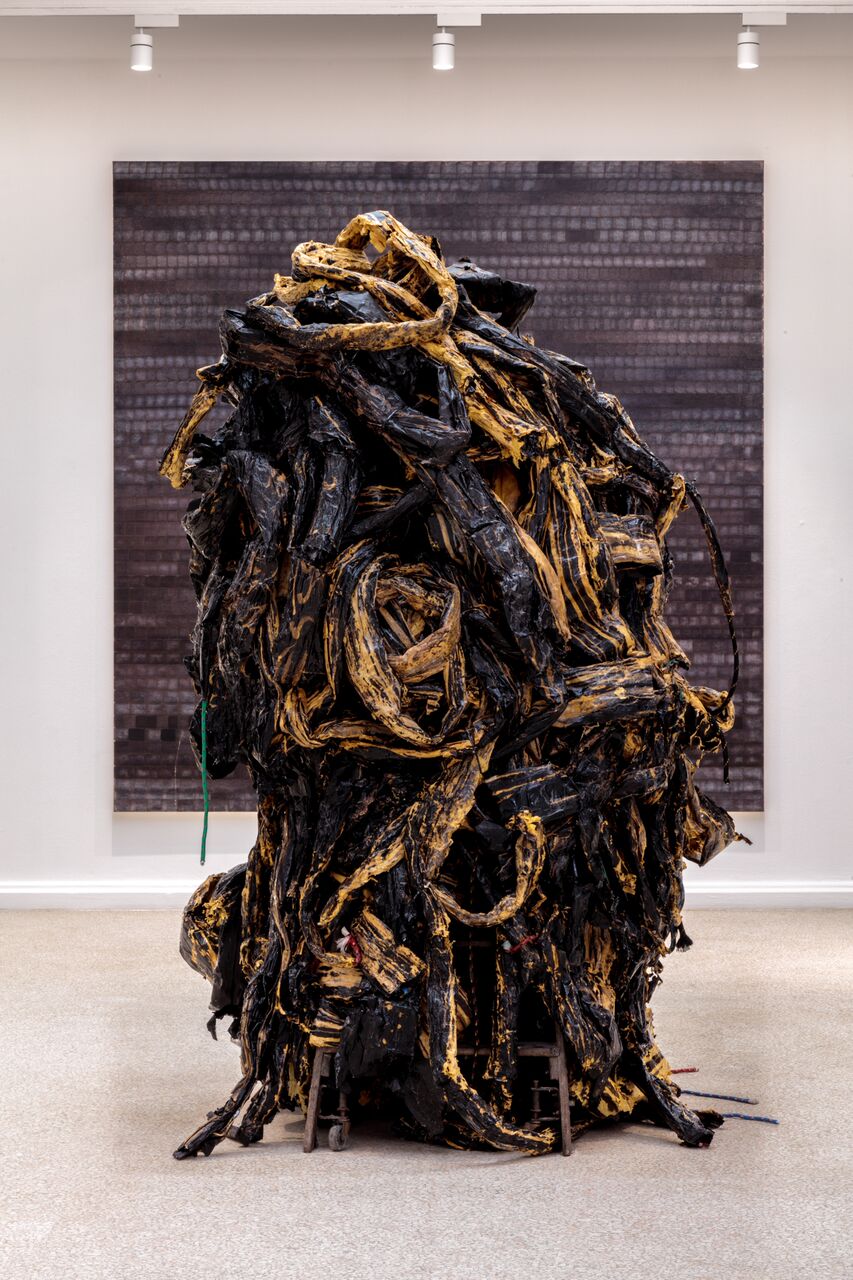
Why Mark Bradford thinks the Robert E Lee statue should stay
The artist says if the conversation is about the history of the US then you have to talk about that history
There are plenty of reasons why the Los Angeles artist Mark Bradford might dislike Henry Shrady's 1924 bronze statue of Robert E Lee, which still stands in Charlottesville, Virginia, despite the recent protests.
The work is traditional, historic and figurative, while Bradford's art, which combines sculpture, painting, video, collage and décollage, tends towards abstraction and contemporary issues. There's no great hidden meaning within Shrady's statue, while Bradford's own work is riddled with subtle impulses, classical references, messages and interpretations.

Yet the main reason why Bradford might object to Lee's statue is because Lee was a racially prejudiced general within the Confederate army, and Bradford is African American, and a prominent advocate of black rights.
So, it may surprise some within the art world to discover that Bradford does not wholly support the removal of Lee's statue. In a recent New York Times piece, the artist tells the paper that he believes statues such as Lee's should not be removed, unless they are replaced with educational plaques, explaining any removal.

Lee's statue was erected almost sixty years after the end of the American Civil War, and some argue that this and other works of public art were created more as an attempt to sustain moribund values, rather than to serve as valid historical memorials. Nevertheless, the artist maintains his position.
"If this whole conversation is about the history of this country, then you have to talk about the history of this country," Bradford tells the Times. "Don’t just leave these empty spaces. Contextualize the action. I don’t feel like that can be rushed.”
That sounds like apt advice for town planners and art lovers at every point on the political spectrum. To learn more about Bradford's art and outlook, look out for our forthcoming Mark Bradford monograph, a new addition to our Contemporary Artists series; and for more on public art in the Americas get Art & Place.